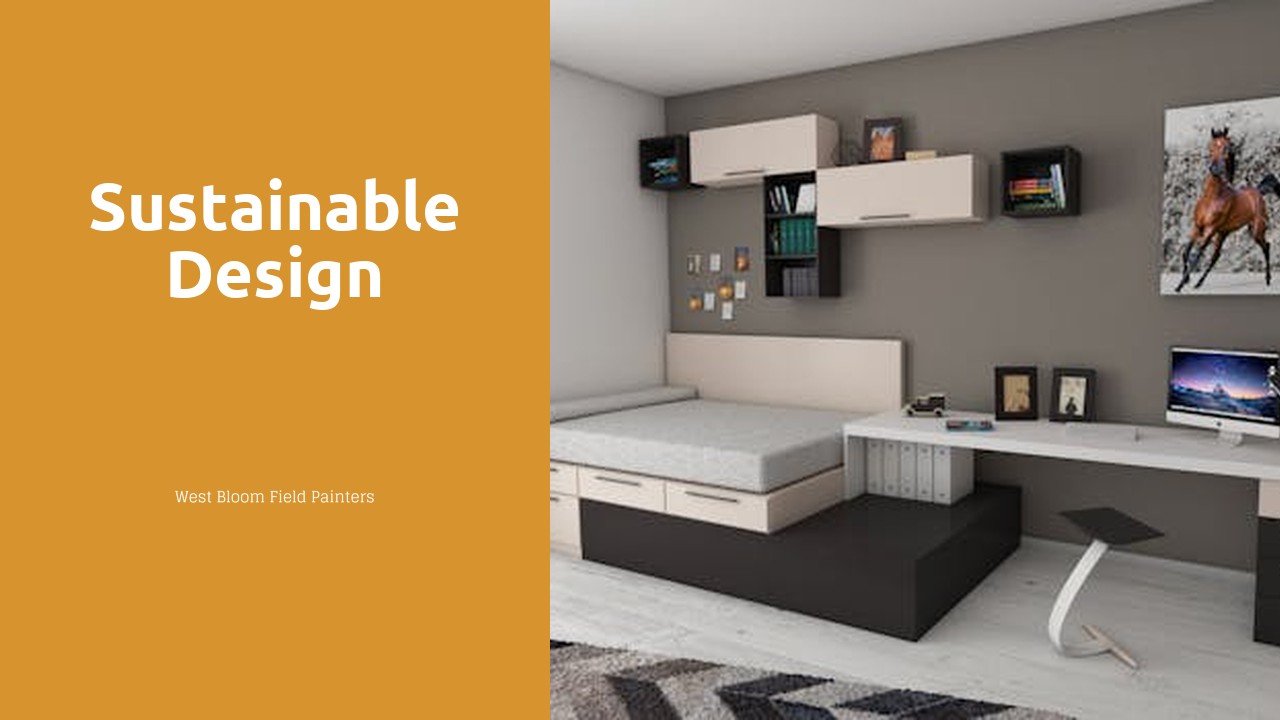
Table Of Contents
Regional Priority Credits
Regional Priority Credits are an essential component when aiming to achieve LEED Silver Certification for Sustainable Design in Kawartha Lakes. These credits emphasize the importance of acknowledging and addressing specific environmental priorities within the region. By focusing on Regional Priority Credits, projects can better align with the local context and contribute positively to the community and ecosystem.
In Sustainable Design in Kawartha Lakes, the Indigenous Land Acknowledgment plays a significant role in attaining Regional Priority Credits. Recognizing and honouring the Indigenous peoples of the area showcases a commitment to cultural respect and collaboration. Implementing this acknowledgment not only facilitates meeting the certification criteria but also fosters relationships with the local Indigenous communities in a meaningful and respectful manner.
Indigenous Land Acknowledgment
When pursuing LEED Silver certification, acknowledging the indigenous land on which a project sits is imperative. In the context of Sustainable Design in Maple, recognizing the historical and ongoing connection of Indigenous peoples to the land is a fundamental aspect of the project. This acknowledgment not only honors the traditional territories but also fosters meaningful relationships with Indigenous communities and signifies a commitment to reconciliation and respect.
Moreover, incorporating an Indigenous Land Acknowledgment into the project's documentation and design process demonstrates a dedication to inclusive and equitable practices. By highlighting the contributions and perspectives of Indigenous communities, Sustainable Design in Maple can strengthen its ties with the land and promote cultural awareness and sensitivity throughout the construction and operation phases.
Construction Waste Management Strategies
Sustainable design in Peterborough is essential for achieving LEED Silver certification. The construction waste management strategies play a crucial role in minimizing the environmental impact of the project. By implementing efficient waste management practices, such as sorting materials on-site and diverting recyclable materials from landfills, builders contribute to a more sustainable construction process.
Additionally, incorporating recycling and reusing practices into the project helps reduce the overall carbon footprint. By prioritizing the recycling of materials like concrete, wood, and metal, and promoting the reuse of salvageable building components, builders in Peterborough can significantly decrease the amount of waste generated during construction. These waste management strategies not only align with sustainability goals but also demonstrate a commitment to responsible environmental stewardship in the region.
Recycling and Reusing Practices
Recycling and reusing practices play a fundamental role in promoting sustainability within construction projects aiming for LEED Silver Certification. In the context of Sustainable Design in Halton Hills, the efficient management of materials throughout the construction process is essential to minimize waste and environmental impact. By implementing comprehensive recycling programs and incorporating innovative reusing strategies, construction sites can significantly reduce their carbon footprint and contribute to a more environmentally friendly approach to building.
Furthermore, emphasizing the importance of recycling and reusing practices not only aligns with the principles of Sustainable Design in Halton Hills but also fosters a culture of responsible resource management within the construction industry. Through the identification of materials that can be repurposed or recycled, construction projects can not only reduce landfill waste but also conserve valuable resources. By integrating these sustainable practices into the core of construction waste management strategies, projects can showcase a commitment to environmental stewardship and set a positive example for future developments in the region.
Renewable Energy Options
Renewable energy options play a crucial role in achieving sustainability goals within building projects. Embracing renewable energy sources not only reduces the carbon footprint but also contributes to long-term environmental conservation efforts. In Sustainable Design in Halton Hills, prioritizing renewable energy options such as solar panel installation can significantly impact the overall energy efficiency and environmental performance of a building.
Apart from solar panel installation, other renewable energy options like wind or geothermal systems can also be explored to enhance the energy efficiency of buildings. Incorporating these renewable sources ensures a more sustainable approach towards energy consumption while promoting a greener environment. Sustainable Design in Halton Hills underscores the importance of integrating various renewable energy options to create more resilient and environmentally conscious buildings.
Solar Panel Installation
Solar panel installation is a key aspect of achieving sustainability goals in today's architectural projects. With a growing emphasis on adopting renewable energy sources, incorporating solar panels into the design of buildings not only reduces carbon footprint but also helps in long-term energy cost savings. In the context of sustainable design in Timmins, the installation of solar panels plays a crucial role in meeting LEED Silver Certification criteria by promoting energy efficiency and reducing dependency on conventional energy sources.
In Timmins, the installation of solar panels aligns with the city's commitment to prioritize sustainable practices in construction projects. By harnessing the power of the sun through solar panel installation, buildings can significantly lower their environmental impact and contribute to a more eco-friendly urban landscape. Integrating renewable energy options like solar panels underscores the city's dedication to promoting sustainable designs that benefit both the local community and the environment in a meaningful way.
FAQS
What are Regional Priority Credits in relation to LEED Silver Certification criteria?
Regional Priority Credits are specific sustainability initiatives that are tailored to address regional environmental priorities and challenges in a given area, making them a key component of achieving LEED certification.
Why is Indigenous Land Acknowledgment important in the context of LEED Silver Certification criteria?
Acknowledging Indigenous lands is a way to recognize and respect the original inhabitants and stewards of the land, demonstrating a commitment to honoring Indigenous peoples and their connection to the environment, which aligns with the principles of LEED certification.
What are some Construction Waste Management Strategies that can help in achieving LEED Silver Certification?
Construction Waste Management Strategies involve practices such as reducing waste generation, segregating materials for recycling, and ensuring proper disposal of construction waste, all of which contribute towards sustainable building practices required for LEED certification.
How can Recycling and Reusing Practices play a role in obtaining LEED Silver Certification?
Implementing Recycling and Reusing Practices involves diverting materials from landfills by recycling, repurposing, or reusing them in the construction process, which not only reduces environmental impact but also earns points towards LEED certification.
What are some Renewable Energy Options that can be explored for meeting LEED Silver Certification criteria?
Renewable Energy Options include utilizing solar, wind, or geothermal energy sources to power buildings, reducing reliance on traditional fossil fuels and lowering carbon emissions, thereby fulfilling the sustainability requirements for LEED certification.
How does Solar Panel Installation contribute to achieving LEED Silver Certification?
Solar Panel Installation enables buildings to harness clean and renewable solar energy to meet their power needs, leading to reduced energy consumption, lower utility costs, and increased sustainability performance, all of which are essential for obtaining LEED certification.





